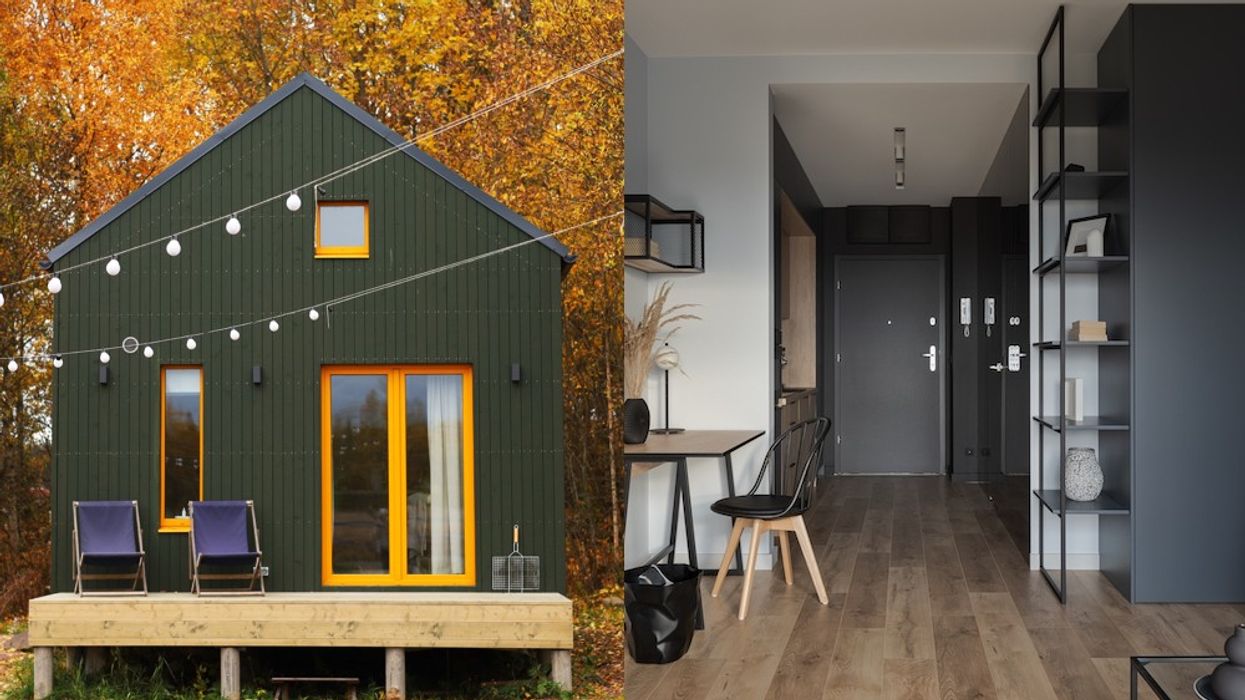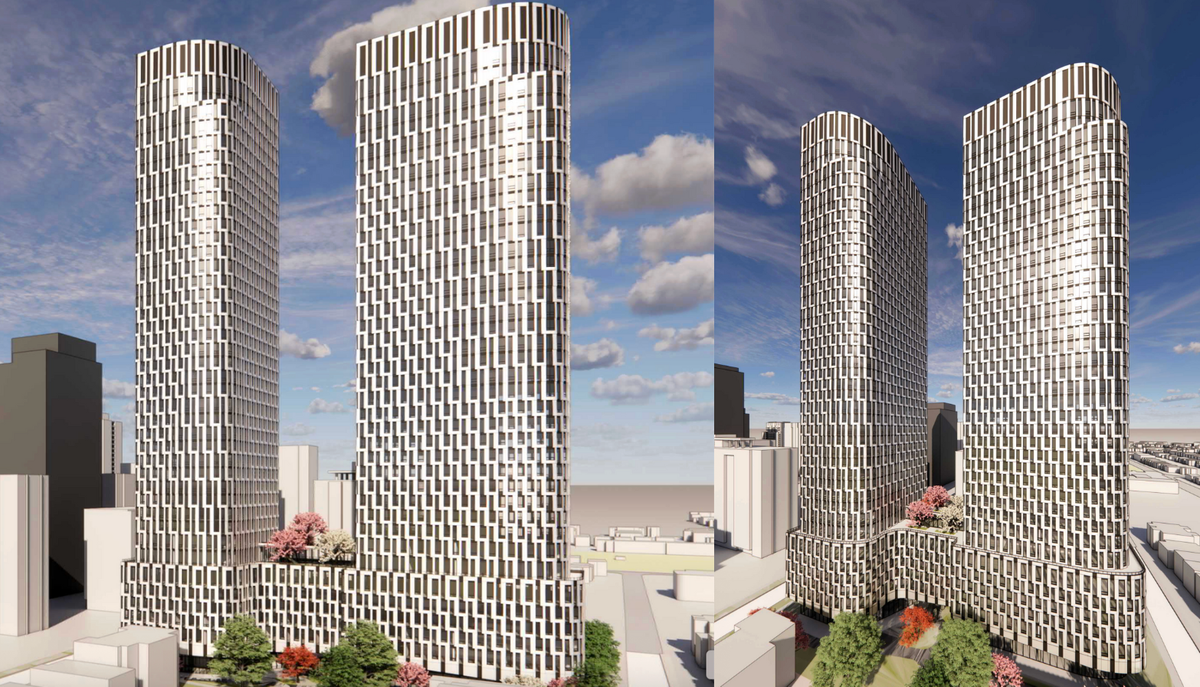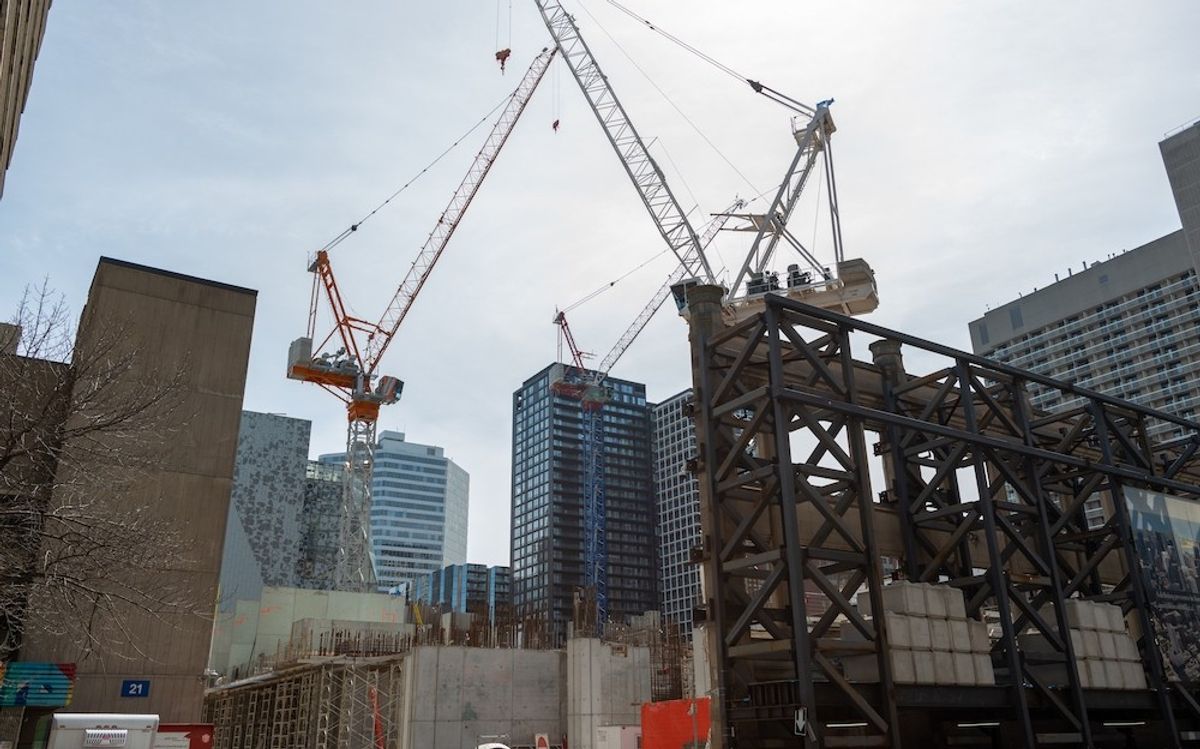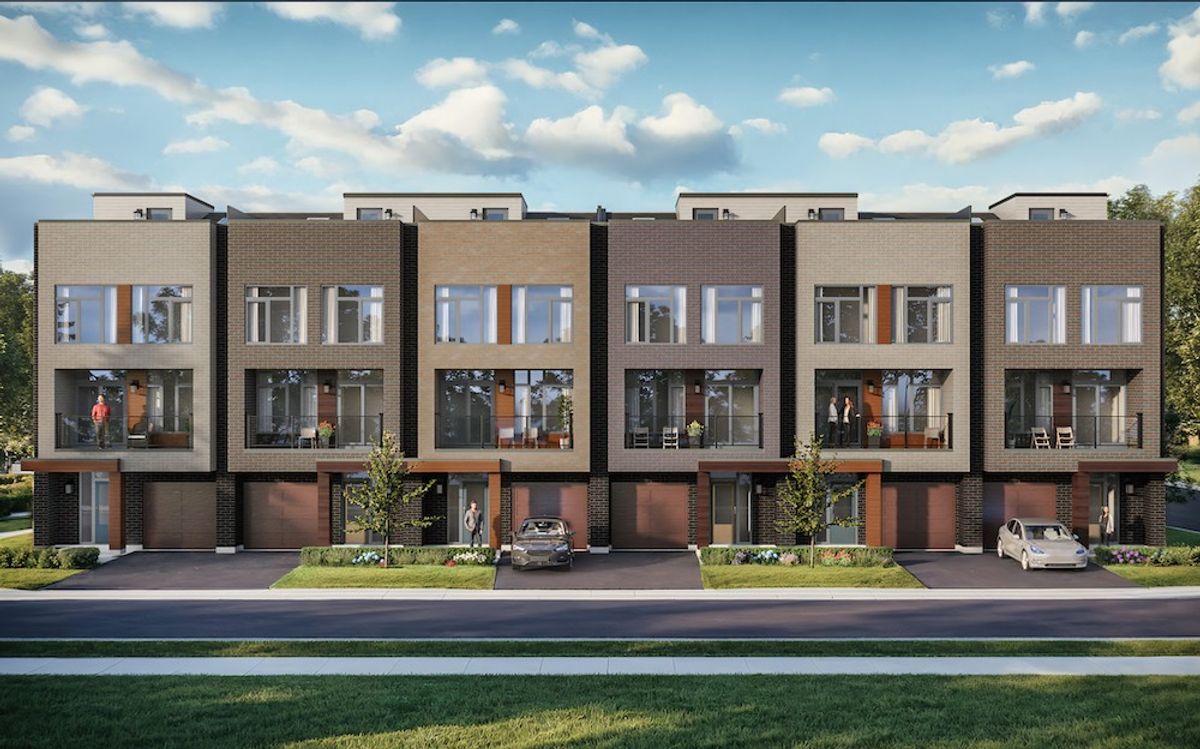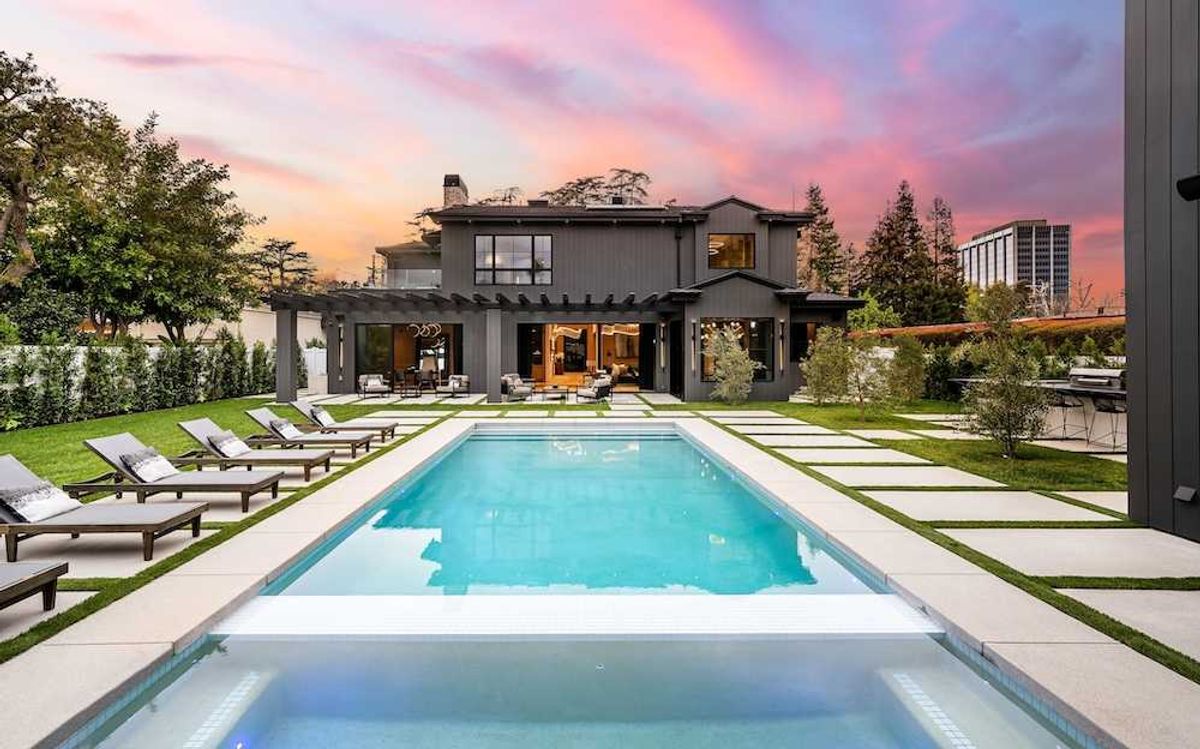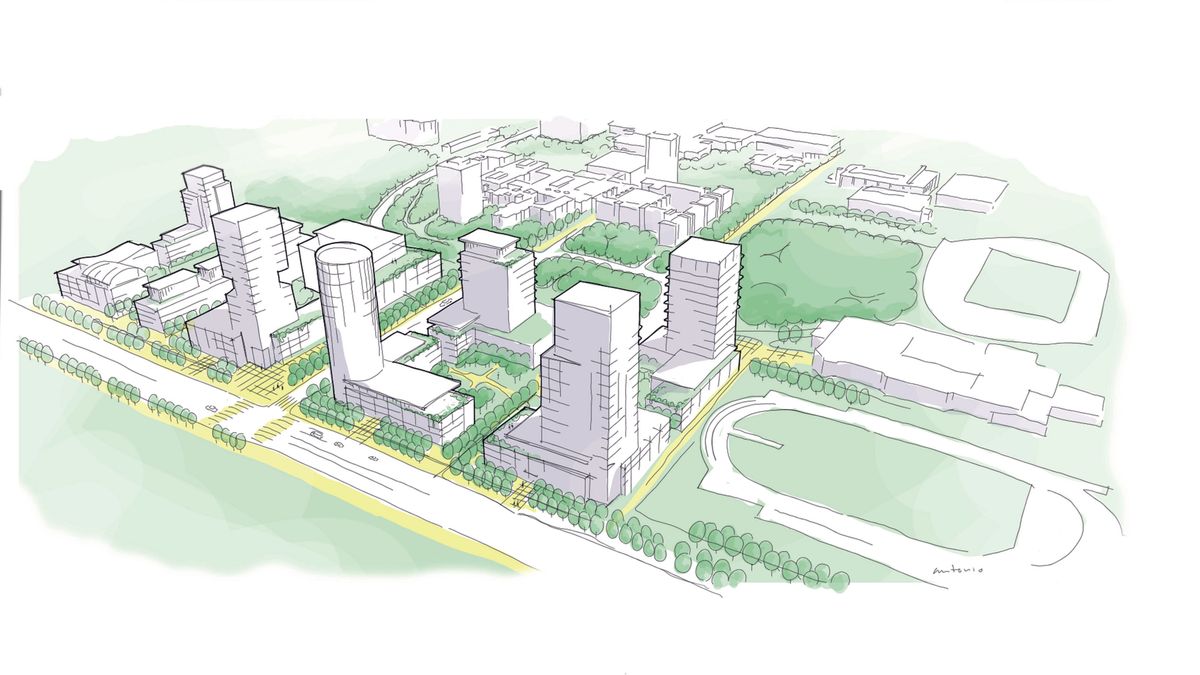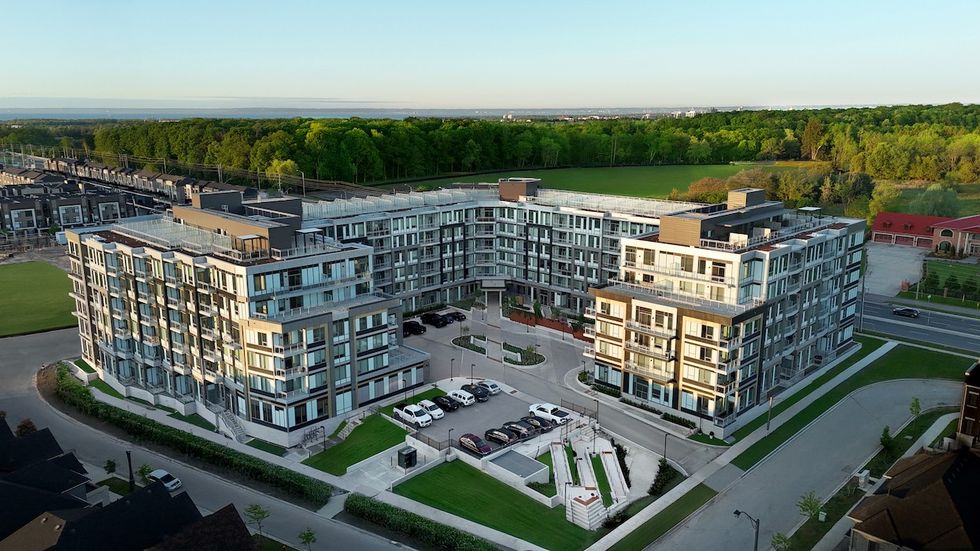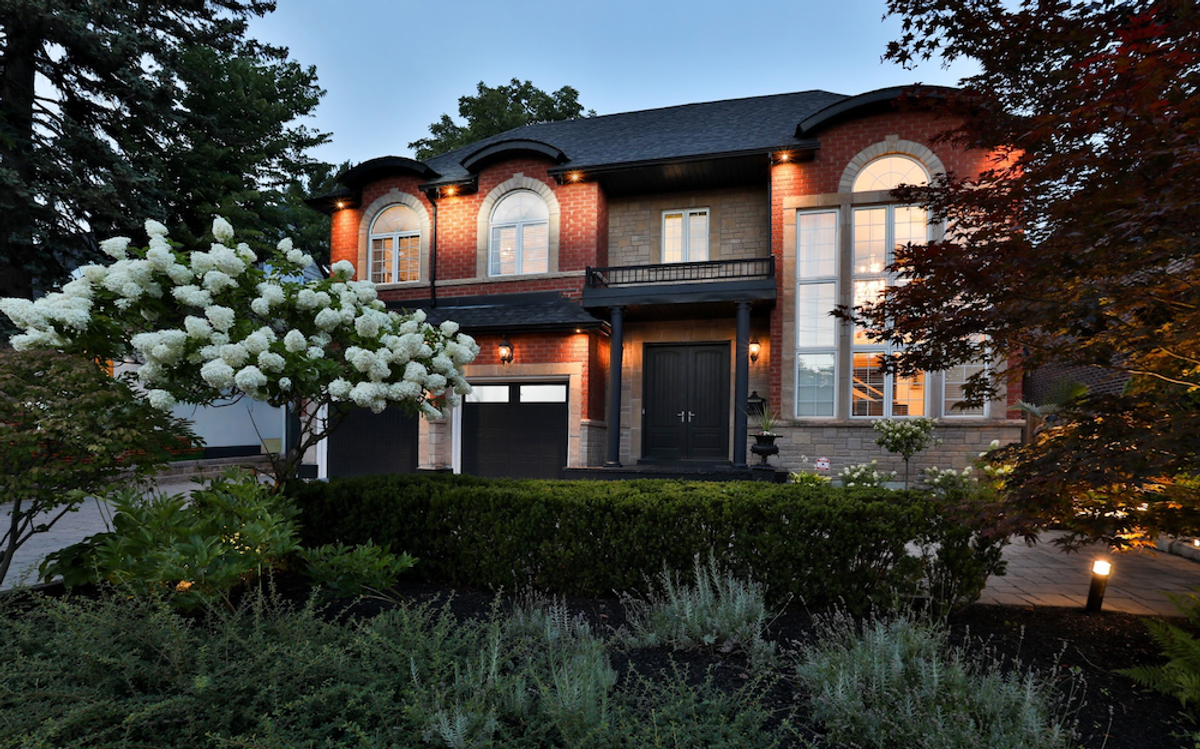In the wake of our last article about innovation, I spent some time down a YouTube rabbit hole, watching video after video of people “finding financial freedom in a tiny home.”
These stories — families downsizing to 250 sq. ft, living sustainably, shedding consumerism, and living simpler lives — are incredibly popular. The message is undeniably compelling, and in today’s housing market, it’s no surprise that more people are looking at alternative living arrangements, such as tiny homes.
But here’s what struck me: Many of the “tiny condos” that investors and developers get criticized for are actually much larger than these tiny homes are. And when you break down the economics, the comparison becomes even more interesting. What is truly the best route to affordable living? The tiny home, or the tiny condo? And are there learnings from the tiny home revolution we can adapt to pre-construction?
Cost Comparison: Tiny Home vs. Condo
On the surface, when compared to a condo, tiny homes seem like the more affordable option. The idea of building a 200–300-sq.-ft home in the $60,000 – $100,000 range, then finding an affordable plot of land to park it on, is certainly appealing. But when you take a step back and really examine the numbers, it’s not so straightforward. The land itself may be expensive, and the costs of setting up utilities (septic, water, electricity) quickly add up. Plus, you need permits, insurance, and there are high transportation costs for shipping materials in small loads (and even moving the home itself). Factor in all those variables, and the price tag for a tiny home can quickly rival — or even exceed — that of an entry-level condo.
Meanwhile, condos, which come with shared amenities, built-in security, and the convenience of urban living, could easily be priced similarly to tiny homes if you removed the taxes, fees, and local government-imposted red tape that’s often skirted in tiny home-building.
In fact, the numbers are even less cut-and-dry than some would like to think, as the rising costs of land and construction actually make tiny homes an increasingly expensive option for many. (And don’t get me started on the many $200k+ depreciating van builds.)
As we’ve highlighted here before, if you applied local zoning laws, infrastructure limitations, and government policies — such as those developers face — to tiny buildings, we would see significant hurdles, pushing tiny homes far away from the affordable dream they’re often portrayed to be.
Location, Amenities, and Environmental Impact
Now, let’s talk about what you get for your money. Tiny homes, while incredibly charming, don’t typically offer the same amenities or the same level of convenience as a well-located condo. Condos come with shared amenities like gyms, lounges, concierge services, and parking — all within walking distance to grocery stores, transit, schools, and other essential services. They’re designed for maximum efficiency and, compared to tiny homes, they usually have better insulation and structural elements that help keep costs lower in the long run.
From an environmental standpoint, condos are often more sustainable. The density of condo buildings allows for more efficient land use, fewer materials per unit, and shared infrastructure that reduces the overall carbon footprint of the building. Tiny homes, on the other hand, require larger land plots in aggregate, leading to more land clearing, less efficient transportation, and a higher cost-per-square-foot for infrastructure.
While the idea of a tiny home may seem more eco-friendly, when you start considering overall environmental cost, it doesn’t hold up. It’s time to rethink our biases and acknowledge that, from a sustainability perspective, condos may offer a far better solution.
The Ideology Problem: Why the Hate?
There’s a curious irony at play here: condos, particularly those built by developers, often face intense criticism for being symbols of “capitalist greed.” Tiny homes, on the other hand, are often romanticized as symbols of rebellion against the housing market — simpler, purer, and somehow otherwise “better.” This ideological battle between tiny homes and condos has become more about political narratives than practical solutions, and our current governments have exploited this to gain votes.
We’ve often shared in our column that, while some people vilify the developers behind condo projects, the reality is that these same developers are working within the confines of market forces and restrictive government policies. But because condos are often linked to the idea of “profit,” they become easy scapegoats for a broader narrative about inequality, gentrification, and the erosion of affordable housing.
But let’s not confuse the messenger with the message.
What if, instead of demonizing developers or shaming urban housing projects, we start looking for practical ways to make both tiny homes and condos affordable, livable, and sustainable? That’s a discussion worth having — and one that’s increasingly critical, as the housing affordability crisis deepens.
The Role of Building Code and Government Overreach
One of the key differences between tiny homes and condos is the issue of building codes. Tiny homes often operate outside conventional building codes, meaning there’s more room for flexibility in design. This allows homeowners to pack more utility into a small space, maximizing the livability of a tiny footprint. Condos, however, are subject to strict codes that govern everything from the angle of daylight entering a bedroom to the width of doorways and bathrooms for accessibility.
This regulatory burden on condos is not inherently bad, but it does limit creativity. If the government were willing to relax some of these codes — perhaps in cases where space efficiency is paramount, or where smart design can mitigate some of the regulations — there might be new opportunities for affordable, well-designed urban housing.
We say it here all the time: government policy — through excessive regulation, zoning laws, and taxes — is often the main driver of our housing affordability crisis, and the “tiny” revolution supports this theory. If the goal is to create more affordable housing options, perhaps the best thing the government can do is get out of the way, reduce unnecessary regulations, and allow developers the freedom to innovate.
A Shift in Perspective
Ultimately, the problem isn’t about the size of the home — it’s about the policies that govern how we build, and where we live. If a family of four can find financial freedom in a tiny home, then surely we can create similar opportunities for thousands more in thoughtfully designed, smaller condos, if only we could shift our perspective.
The solution isn’t to romanticize tiny homes or to demonize condos. It’s about finding a balance. It’s about developing policy that encourages smart, sustainable, and affordable housing solutions — whether that’s in a tiny home, a small condo, or something else entirely.
The real challenge lies not in the size of the home but in the policies, restrictions, and zoning laws that prevent us from building affordable, livable spaces in our cities. If we can work together to change that, we’ll start solving the real problems, rather than getting lost in ideological battles.
Let’s stop glorifying or vilifying housing solutions based on political narratives. Let’s start making housing a reality for everyone.
At AVESDO, we are doing what we can to use technology to create efficiency around the sales process of a new-build home. Although we back single-family homes, it’s clear in our data that volume is going to come from multifamily condos, and affordability is achieved with size.
We are fortunate to access and analyze a lot of data, and the good news is: the housing crisis is solvable — if there is a will to change the narrative around condos. With the will, there’s a way.This article is authored by Ben Smith, President of AVESDO: a Canadian software company harnessing the power of data to help real estate professionals make better, faster, and more informed sales decisions.
______________________________________________________________________________________________________________________________
This article was produced in partnership with STOREYS Custom Studio.
